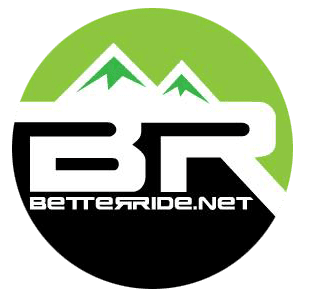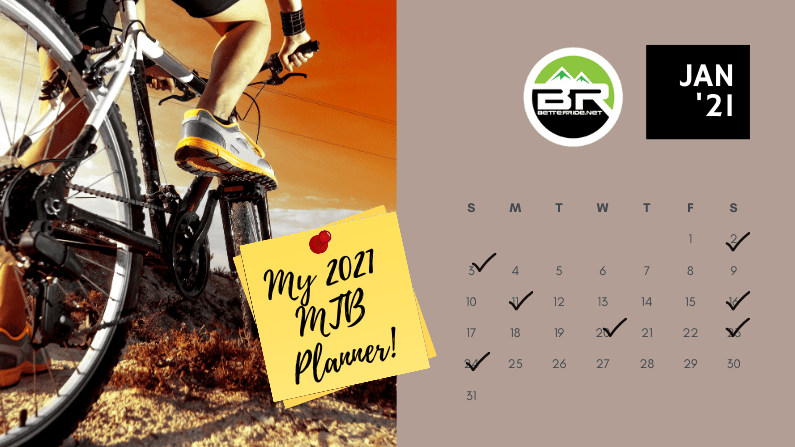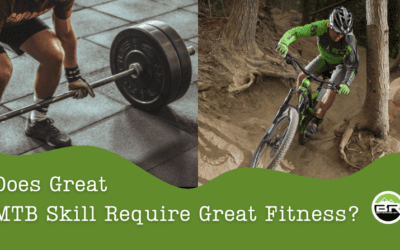As the 2020 MTB season is winding down (for many of us) it is time to prepare for next season. If you are serious about becoming the best Mountain Bike rider or racer you can be, now is the time to act.
All the knowledge in the world is worthless without action.
Below is an abbreviated version of the questionnaire I use with my full-time athletes to evaluate their season and design their training program for the next racing season.
Use this to evaluate your riding “performance” in 2020 and plan to Mountain Bike your best in 2021!
At some point, this fall or winter take a break from riding (if you haven’t already).
Two weeks off the bike can do wonders for you! Hike, travel, surf, relax, read, do anything but ride your bike. Your body needs a break from riding and so does your mind.
Don’t worry, two weeks off the bike won’t hurt your fitness much and for most of us, it will make us stronger as we give ourselves enough time to recover from so much time spent on our bikes. A lot of time on the bike is not always the best thing since it becomes really easy to create in-balances and overuse injuries.
During your break set your goals for 2021. They are your goals so I won’t tell you what they should be as we all want different things out of riding and life.
I will tell you to set measurable goals that you feel are within your reach if you work enough.
In fact, too high a goal makes it is easy to give up and too easy a goal doesn’t motivate you.
Examples of great goals our students have set are: “Clean Widow Maker Hill!”, “Improve my max squat by 15% by April 1st.”, “Shave 10% off my fastest time on the long loop at McDowell by May 10.”
If you are a racer be careful to not just set outcome goals, set performance goals too, as it is impossible to control how your competition performs!
For example: I really wanted to win the World Masters Championships in 2006, but I had no idea who would show up or how hard they had been training (two things I can not control). so just setting the goal of winning might have set me up for failure despite possibly having my best performance ever.
Although one of my main goals was to win that race my other goals were:
- shave 7% off my race times from 2005 (where the tracks are the same in 2006),
- increase my max squat by 50% (to where it was when I was 35) by April 15th, to
- decrease my 40 meter sprint times (on my downhill bike) by 20% by July 15th.
For each of these goals I set:
- Sub goals. Example: increase max squat by 25% by Jan. 1
- Process goals. Example: work up from one five minute imagery session a week to six 10 minute imagery sessions a week by July, 15.
If I achieve or surpass all of my sub goals and process goals I will know I have done everything in my power to perform at my best on race day. In fact, I did this and I ended up third. I didn’t win but I prepared and raced my best.
After I got over the disappointment of not winning I was pretty proud of my effort!
Do you keep a riding/training diary?
A diary is a big help in the following exercise and throughout the season since it helps you find factors that lead to changes in performance.
If you haven’t kept a training diary in the past, start now. A training diary helps you learn what parts of your training are working and what parts are not. Reviewing it can explain “peak” performances and poor performances and is a great confidence booster by tracking all the hours of training you have put in.
Your training diary should contain all information that affects your performance:
- morning HR (heart rate),
- recovery HR,
- weight,
- hours slept,
- hours training,
- time in HR or power zones,
- time using imagery,
- mood,
- what you eat, etc.
Once you have established your diary it will be easy to find out “why” and test eating, sleeping, and training concepts.
Why did I feel so strong today? Why did I feel so sluggish last week?
Simply look for patterns. For example:
“Wow, every time I eat pizza for dinner I feel sluggish two days later.”
“When I eat a big breakfast and do a morning ride I feel weak (need to eat earlier or lighter?)”,
“Surprisingly I climb strongest the day after doing my favorite workout including squats and ab work”.
If you really want to ride at your best start a diary today. Google docs/drive is the perfect tool. Just set up a spreadsheet and once you get it rolling it will only take five minutes a day to keep up on.
Here is the abbreviated version of the questionnaire I use with my full-time students to help you analyze your 2020 season and help you set your goals for 2021.
Step One:
Assess your racing season and your riding ability. Honestly and objectively answer the following questions about your 2020 season.
- Did your skills improve over the course of the season?
- What are your strongest skills? (cornering, jumping, steep descents, steep climbs, technical climbs, etc.)
- What skills need the most improvement?
- How did the season go physically?
- Did you start strong and get stronger as the season went on?
- Did you fade in late July and August? Why?
- Did you have the optimum combination of sprinting speed and endurance?
- Did you pick 3 to 5 big races/rides to peak for? Were you able to peak for those races?
- How was your mental game?
- Were you confident and riding to your potential or did you find yourself riding below the level that you know you are capable of? Why?
- What factors helped your confidence this season?
- What factors hurt your confidence this season?
- Did you have a comprehensive training program? (mental, physical and skill) What part of your program worked? What parts didn’t work?
- Did your riding/racing improve as the season went on?
- Did you create and write down concrete goals?
- Did you reach your goals?
Step Two:
Print out and answer the following questions to evaluate your strengths and weaknesses to set the foundation for your 2021 season training program.
The answers below are examples to help you. Please edit and add your own goals. Don’t stop at 3!
Riding/Racing Goals:
- Career goal: Racer, Win World Championships. Passionate rider, Ride the Whole Enchilada trail in less than 3 hours.
- Three-year goal: Racer, Consistently be within 10% of winning pro time. Passionate rider, increase skill to the point of being able to confidently ride double black diamond trails in British Columbia.
- This season’s goal: Racer, Greatly improve my cornering and obstacle skills so I can be much more efficient. Passionate rider, Greatly improve my cornering and obstacle skills so I can be much more efficient.
Physical Training Goals, to allow me to reach my goals:
- Increase my squat by X%
- Improve my balance by doing balance exercises for 5 minutes every time I go to the gym
- Do more intervals and fewer junk miles
Skills Training Goals, to allow me to reach my goals:
- Example: Work on my cornering body position to increase traction in flat corners by doing drills 1 and 3
- Example: Work on my fundamental body position when seated and when standing, the hinge (see this article)
- Work on my obstacle skills, especially getting up and over obstacles without losing momentum (see this article)
Mental training Goals, to allow me to reach my goals:
- Practice imagery 3 times a week for 10 minutes
- Practice all riding skills deliberately by doing the drills correctly to improve my confidence (nothing improves your confidence more than competence in the skills needed to ride your best!)
- Improve my ability to put mistakes behind me and return to the now while riding/racing
Read this article on creating a Step by Step plan to ride at your best.
Step Three:
Act on your training program! Ride! Workout! Visualize! Constantly update your goals and training program based on improvement or lack of improvement.
REMEMBER, unwritten goals are just dreams, goals you write down you will commit to and strive to reach.
For more inspiration read my article on Exceeding Your Mountain Biking Goals By Not Focusing On Them.
Good luck next season and feel free to call or e-mail with any questions.
Cheers
Gene





Since I started looking further ahead, my riding has improved markedly especially on trails I don’t know so well. Other than more riding, how can I improve this skill? One problem I have noticed on the trail is when I look a long way ahead, like 5-7 seconds, I started missing things closer up. Or I have misread the trail closer because I am trying to look further ahead. I suppose everything’s a compromise but still…..
Hi Simon, great to hear that you are looking further ahead and riding has improved markedly! Sounds like you need to teach your eyes how to use both parts of your vision to spot the things that will stop you when they are 5-7 seconds ahead and then keep track of them when they are now 1-4 seconds ahead and you are looking way past them. This takes about an hour for me to explain in my courses and a lifetime of practice to master and stay sharp!
Cheers Gene, If I am hearing you correctly, where most people look all the time (1-2 seconds ahead), I should be focusing on with my peripheral vision while my main vision is way further ahead. I think my mistake may have been using my main vision to scan up and down the trail from 1-7 seconds ahead. Back and forth having to constantly refocus. I have been practicing using peripheral vision and it’s difficult to trust it at first because I have rarely used it mtbing. Thanks again!!
Yes, in an ideal world a rider is never looking closer than 3 seconds ahead.